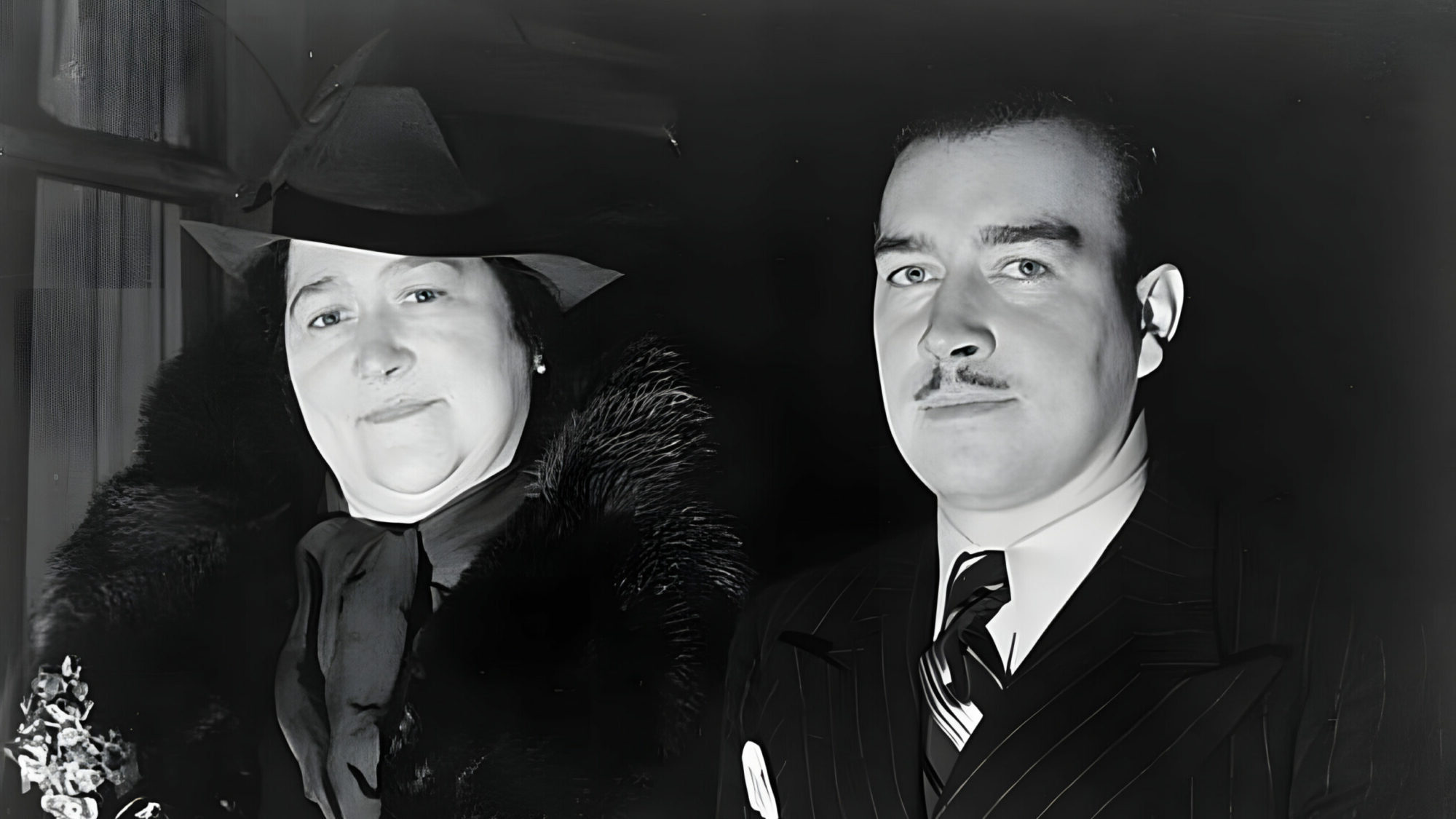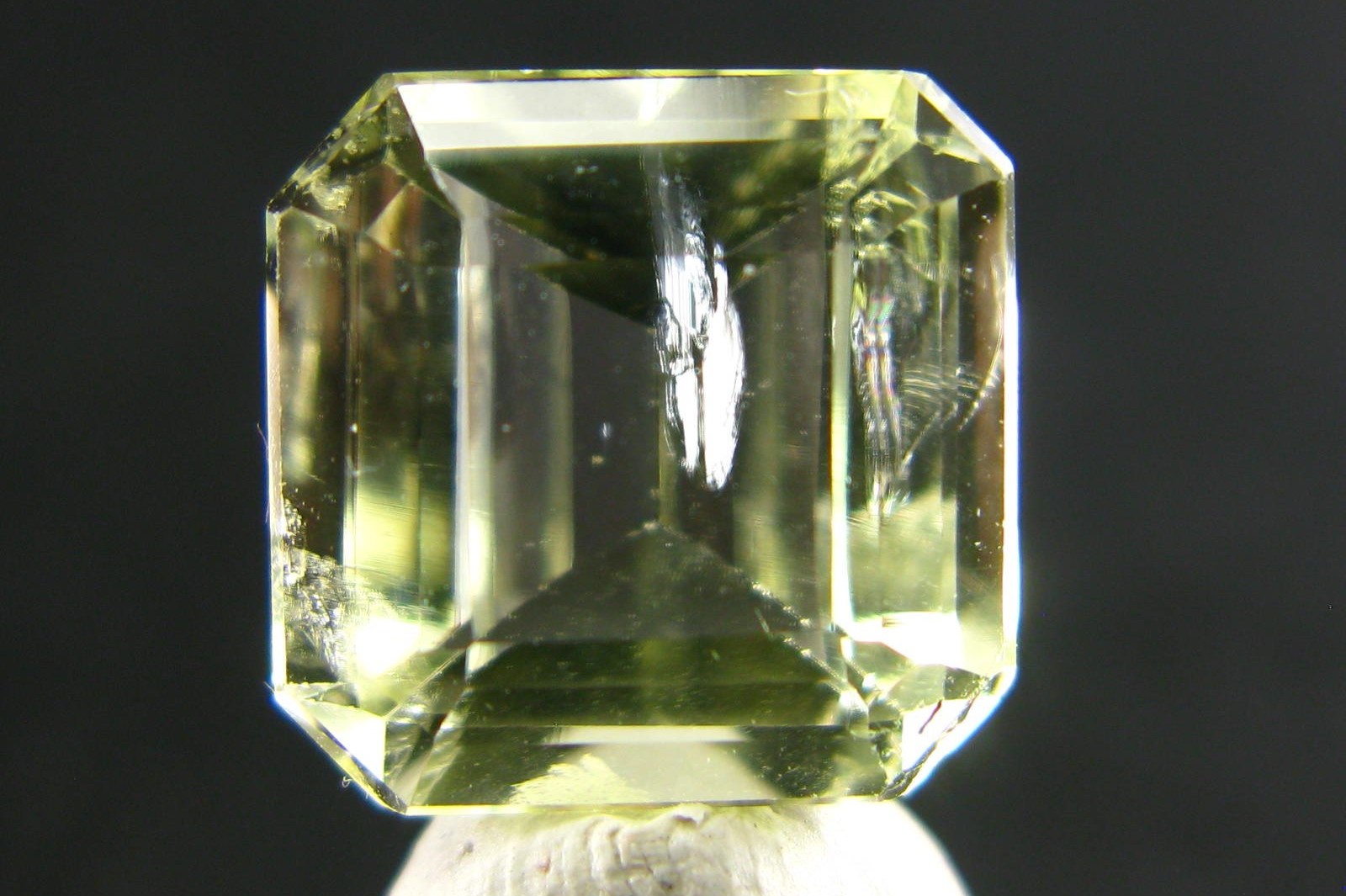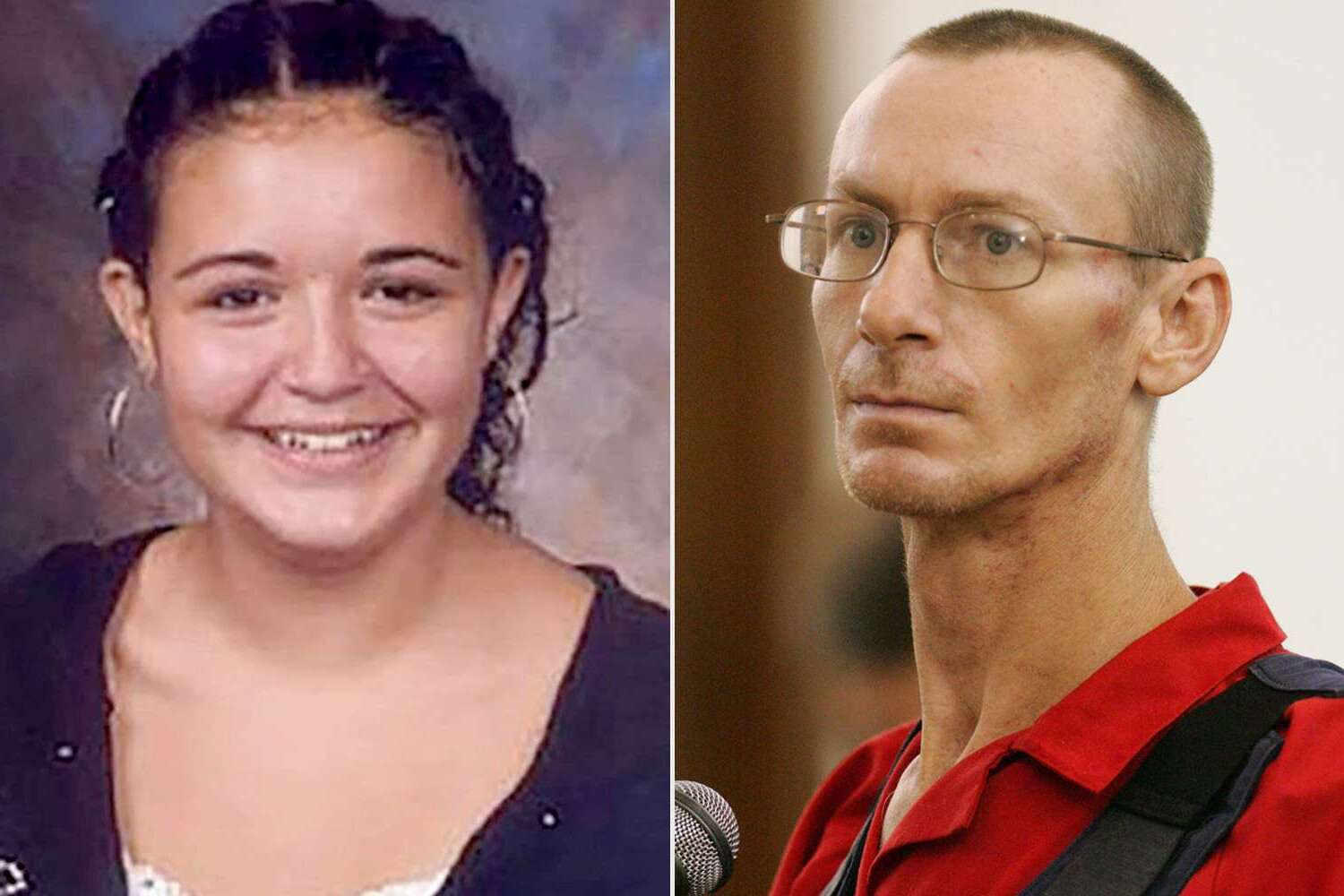
Who was William Stuart Houston? Born William Patrick Hitler, he was the British-American half-nephew of Adolf Hitler. His life journey took him from Liverpool to Nazi Germany, and eventually to the United States. Despite his infamous family ties, William chose a different path, serving in the U.S. Navy during World War II and later becoming a successful entrepreneur. His story is a blend of personal struggles, historical events, and a quest for anonymity. From blackmailing his notorious uncle to writing an article titled "Why I Hate My Uncle," William's life was anything but ordinary. Let's delve into 35 intriguing facts about this complex figure.
Key Takeaways:
- William Stuart Houston, also known as William Patrick Hitler, had a tumultuous family background and a complex relationship with his infamous uncle, Adolf Hitler, which shaped his life and legacy.
- Despite his challenging early years and infamous family name, William Stuart Houston sought anonymity, built a successful business in the U.S., and served his new country in the Navy during World War II, leaving behind a unique and resilient legacy.
Early Life and Family Background
William Stuart Houston, born William Patrick Hitler, had a life marked by significant events and complex family dynamics. Let's explore his early years and family background.
-
Birth and Early Life: William Patrick Hitler was born on March 12, 1911, in Liverpool, England, to Alois Hitler Jr. and Bridget Dowling.
-
Family Background: His parents met in Dublin, Ireland, in 1909, and married in London in 1910. They lived in a flat at 102 Upper Stanhope Street, which was later destroyed during the Liverpool Blitz in 1942.
-
Parental Separation: In 1914, Alois left Bridget and William for a gambling tour of Europe. He later returned to Germany and abandoned his family, leaving William to be brought up by his mother.
-
Remarriage and Abandonment: Alois remarried bigamously but continued to write to Bridget during the mid-1920s, asking her to send William to Germany for a visit. This visit occurred in 1929 when William was 18 years old.
-
Half-Brother Heinz: By this time, Alois had another son named Heinz with his German wife. Heinz became a committed Nazi and joined the Wehrmacht, dying in Soviet captivity in 1942.
Encounters with Adolf Hitler
William's relationship with his infamous uncle, Adolf Hitler, was complex and fraught with tension. Here are some key moments from their interactions.
-
Meeting Adolf Hitler: In 1929, William traveled to Nazi Germany to visit his uncle Adolf. This visit gave him a firsthand look at how Adolf operated and was part of the Nazi regime.
-
Living in Nazi Germany: William continued to spend summers in Germany, getting a deeper understanding of the Nazi ideology and its practices. However, their relationship remained strained.
-
Job Opportunities: Taking advantage of Adolf's rising fame and power, William returned to Germany in the late 1930s to convince his uncle to secure a job for him. Adolf secured William a job at a bank and then at a car factory.
-
Blackmailing Adolf Hitler: Rather than distancing himself from his uncle, William took advantage of their mutual last name to galavant around Berlin, attending parties, eating fancy meals out, and meeting women. He allegedly started blackmailing Adolf Hitler, threatening to sell embarrassing family stories to the newspapers if he didn’t get William a higher-paying job and treat him better.
-
Threats and Consequences: One of the threats involved spreading the rumor that Hitler’s paternal grandfather was a Jewish merchant, a rumor that has since been disproven. This led to Adolf referring to William as his “loathsome nephew” and forcing him to leave the country.
Fleeing Germany and Life in the U.S.
William's life took a dramatic turn when he decided to leave Germany and eventually settled in the United States.
-
Fleeing Germany: Without British citizenship, William suspected a trap and decided to flee Germany. He tried to blackmail Adolf again from a safe distance, threatening to tell the press about the family rumor regarding Hitler’s grandfather.
-
Article in Look Magazine: In 1939, William wrote an article titled "Why I Hate My Uncle" for Look magazine, detailing his time with Adolf and various less-than-flattering charges against him, including a sexual relationship with his niece Geli Raubal and implicating him in her apparent suicide.
-
Lecture Tour in the U.S.: Newspaper magnate William Randolph Hearst brought William and his mother to the United States in January 1939 for a lecture tour on Hitler and Nazi Germany. This tour was titled “My Uncle Adolf” and aimed to educate American audiences about the Nazi regime.
-
World War II and U.S. Citizenship: When World War II broke out, William and his mother decided to stay in America. William became a U.S. citizen and joined the United States Navy in 1944, fighting for his new country in the Pacific Theater.
-
Service in the U.S. Navy: William served as a Pharmacist’s Mate in the U.S. Navy from 1944 to 1947. He was awarded the Purple Heart for a shrapnel wound he sustained during his service.
Post-War Life and Family
After the war, William sought a quieter life, distancing himself from his infamous family name.
-
Discharge and Post-War Life: After being discharged from the Navy, William changed his surname to William Stuart-Houston and distanced himself from the Hitler family entirely. He settled in Patchogue, New York, where he established a successful business analyzing blood samples for hospitals.
-
Marriage and Family: In 1947, William married Phyllis Jean-Jacques, who had been born in Germany in the mid-1920s. The couple had four sons: Alexander Adolf (b. 1949), Louis (b. 1951), Howard Ronald (1957–1989), and Brian William (b. 1965).
-
Business Success: William’s laboratory, called Brookhaven Laboratories, was located in his home and specialized in analyzing blood samples for hospitals. His medical training and entrepreneurial spirit made his business successful.
-
Anonymity and Family Notoriety: Despite his successful life, William and his family sought anonymity due to the notoriety of the Hitler name. The family made a verbal pact not to sire children, but this was later disputed by some family members.
-
Family Legacy: The four sons of William Stuart-Houston did not have children of their own. This decision was reportedly made to avoid perpetuating the Hitler family name and its associated controversies.
Later Years and Legacy
William's later years were marked by a desire for normalcy and reflection on his tumultuous past.
-
Death and Burial: William Patrick Stuart-Houston died on July 14, 1987, at the age of 76. He was buried next to his mother at Holy Sepulchre Cemetery in Coram, New York.
-
Widow’s Later Life: His widow, Phyllis Jean-Jacques Stuart-Houston, died in 2004. The couple’s life together was marked by a desire for anonymity and a commitment to living a normal life despite their infamous family connections.
-
Brookhaven Laboratories: The laboratory established by William Stuart-Houston was a significant part of his post-war life. It operated from his home in Patchogue, New York, and provided essential medical services to the community.
-
Medical Training: William’s medical training played a crucial role in establishing his business. His expertise in analyzing blood samples helped him build a successful laboratory that served hospitals across the region.
-
Personal Life After War: After the war, William Stuart-Houston led a relatively quiet life. He avoided public attention and focused on building a stable family and business. This marked a significant departure from his tumultuous early life with Adolf Hitler.
-
Historical Significance: William’s decision to join the U.S. Navy and serve against Nazi Germany during World War II adds to his historical significance. His actions directly opposed those of his uncle and contributed to the Allied victory.
-
Public Perception: Despite his efforts to distance himself from the Hitler family, William Stuart-Houston remained a subject of public interest. His story was often highlighted in media and documentaries, showcasing both his personal struggles and his contributions to society.
-
Family Dynamics: The dynamics within the Hitler family were complex and often tumultuous. William’s relationship with Adolf was particularly strained, leading to significant conflicts and eventual estrangement.
-
Blackmail and Threats: William’s blackmailing of Adolf Hitler was a significant aspect of their strained relationship. These threats were part of a larger pattern of manipulation and exploitation that characterized their interactions.
-
Media Coverage: William’s life has been extensively covered in media, including articles, books, and documentaries. His story serves as a fascinating case study on how family dynamics and historical events can shape individual lives.
-
Legacy in America: William Stuart-Houston’s legacy in America is multifaceted. He is remembered as a U.S. citizen who served his country during wartime and as an entrepreneur who contributed to the medical field through his laboratory.
-
Personal Reflections: In his later years, William reflected on his experiences with Adolf Hitler. He wrote about the intense and often brutal nature of their relationship, highlighting the fear and intimidation he felt during their interactions.
-
Historical Context: Understanding William’s life requires a deep dive into the historical context of Nazi Germany and World War II. His experiences provide a unique perspective on the complexities of family relationships within the context of political upheaval.
-
Public Reaction: The public reaction to William’s story has been varied. Some have praised him for his bravery in serving against Nazi Germany, while others have criticized him for his initial opportunism and later attempts to distance himself from the Hitler family.
-
Conclusion: William Patrick Stuart-Houston’s life is a testament to resilience and adaptation. From being part of the infamous Hitler family to becoming a U.S. citizen and serving in the U.S. Navy, his journey is marked by significant personal and historical events that shaped his life and legacy.
William Stuart-Houston: A Life of Complexity
William Stuart-Houston's life was a whirlwind of contrasts. Born William Patrick Hitler, he navigated the murky waters of being Adolf Hitler's half-nephew. His early years in Liverpool, followed by tumultuous times in Nazi Germany, shaped his unique perspective. William's decision to serve in the U.S. Navy during World War II marked a bold stand against his infamous uncle's regime. Post-war, he reinvented himself in America, establishing a successful medical laboratory and raising a family. Despite his efforts to distance himself from the Hitler name, public curiosity never waned. His story is a testament to resilience, adaptation, and the enduring impact of family ties. William's journey from notoriety to anonymity, from Europe to America, reflects a life marked by significant personal and historical events. His legacy remains a fascinating chapter in the annals of history.
Frequently Asked Questions
Was this page helpful?
Our commitment to delivering trustworthy and engaging content is at the heart of what we do. Each fact on our site is contributed by real users like you, bringing a wealth of diverse insights and information. To ensure the highest standards of accuracy and reliability, our dedicated editors meticulously review each submission. This process guarantees that the facts we share are not only fascinating but also credible. Trust in our commitment to quality and authenticity as you explore and learn with us.


